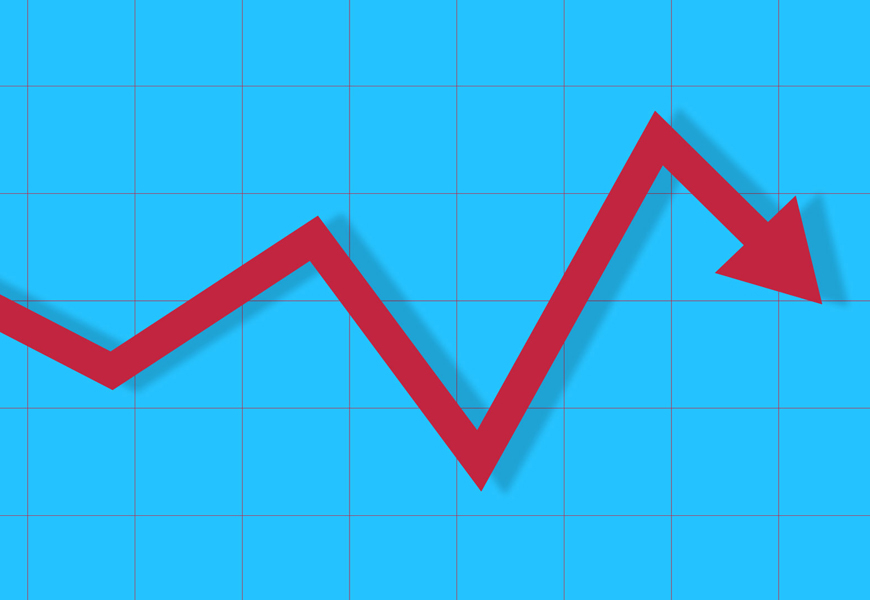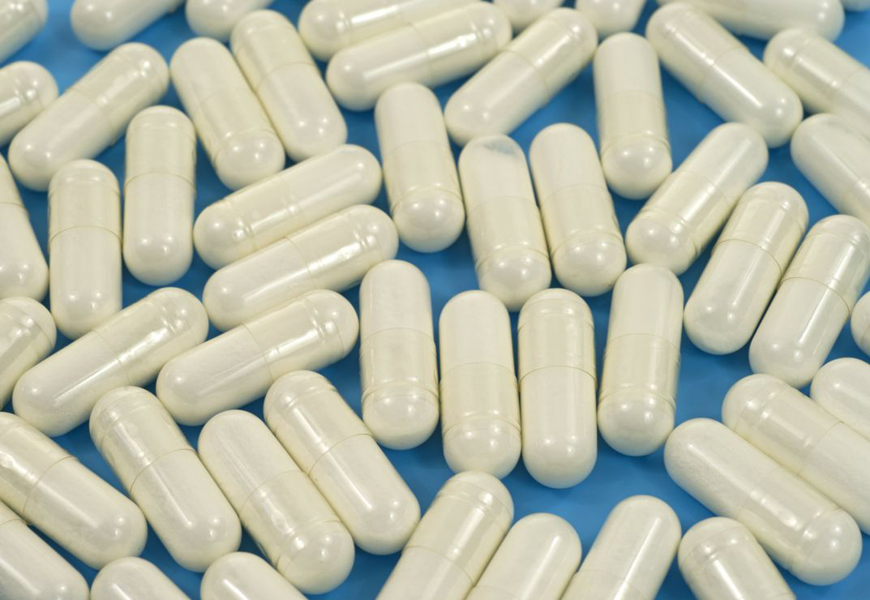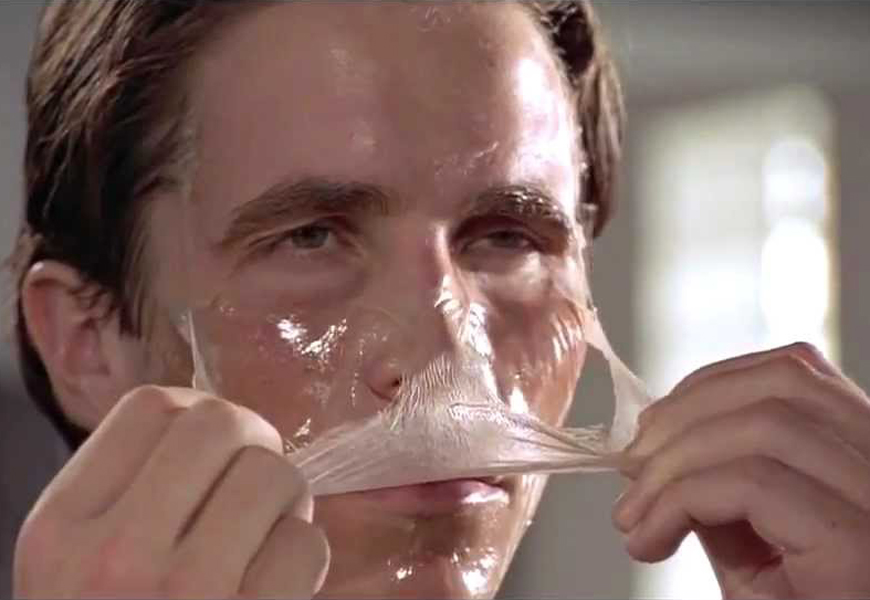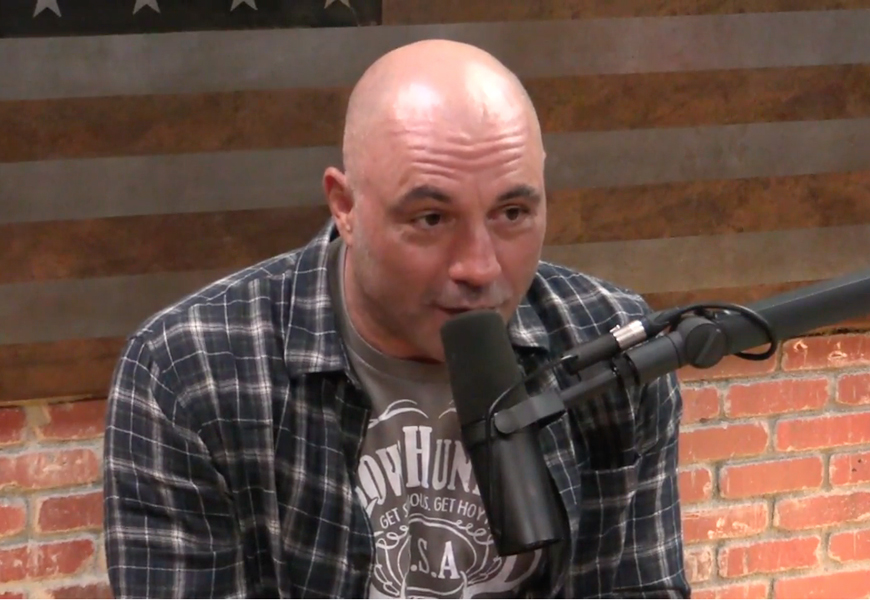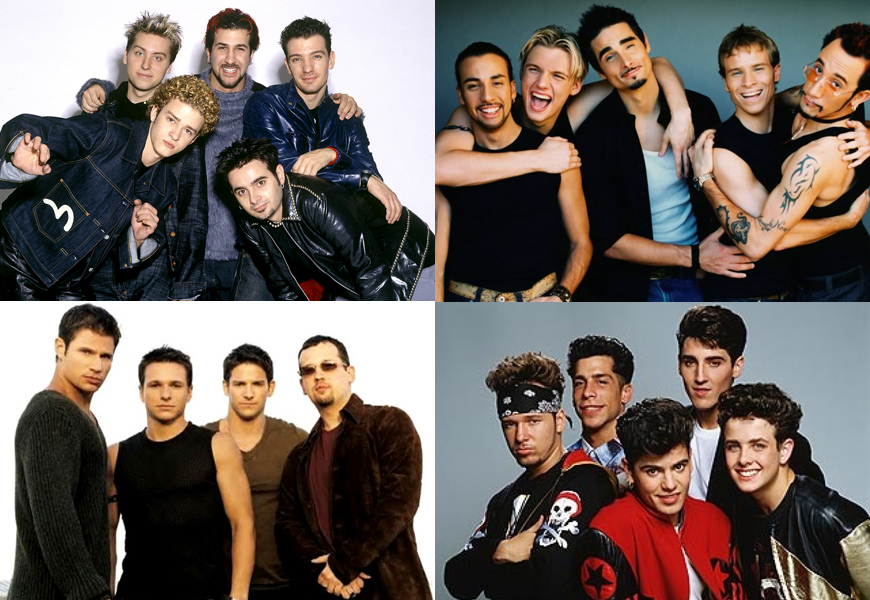There are many symptoms of low testosterone in men, including flagging energy levels, low libido, weight gain, and hair loss…
Testosterone, a key hormone in both men and women, plays a crucial role in various bodily functions. While it’s commonly associated with men, adequate levels are vital for health and well-being regardless of gender. Recognizing the signs of low testosterone can be the first step in addressing potential health issues.
Between 10% and 40% of adult males in North America have a testosterone deficiency, according to study results presented at a 2020 American Urological Association conference. Low testosterone becomes more common as men age, and it can affect men’s health in several ways, including contributing to fatigue and low sex drive.
If you think your testosterone levels may be low, a good place to start is to know the signs and the possible causes.
Understanding Testosterone:
Testosterone is a hormone predominantly produced in men’s testes and, in smaller amounts, in women’s ovaries. It’s instrumental in developing male sexual characteristics, but it also contributes to muscle mass, bone density, and mood regulation in both genders.
Common Signs of Low Testosterone:
– Reduced Sex Drive: Testosterone plays a significant role in libido. A noticeable drop in sexual desire may indicate low levels.
– Fatigue and Energy Loss: Persistent tiredness, despite adequate rest, can be a sign of hormonal imbalance, including low testosterone.
– Muscle Weakness and Loss of Mass: Testosterone aids in building and maintaining muscle mass. A decline in strength or muscle size could be a red flag.
– Increased Body Fat: Particularly an increase in abdominal fat can be associated with reduced testosterone levels.
– Mood Changes: Experiencing mood swings, irritability, or depression can be symptomatic of hormonal imbalances, including low testosterone.
Causes of Low Testosterone:
Low testosterone can result from aging, but other factors like obesity, diabetes, hormonal disorders, and certain medications can also contribute. Stress and poor lifestyle choices, such as lack of exercise or unhealthy eating habits, may impact levels too.
Diagnosis and Testing:
If you suspect low testosterone, consult a healthcare provider. They can conduct blood tests to measure hormone levels. It’s important to note that testosterone levels fluctuate throughout the day, so you might need multiple tests for accurate assessment.
Treatment Options:
Treatment depends on the underlying cause. Lifestyle changes, like improving diet and increasing physical activity, can help. In some cases, hormone replacement therapy might be recommended under strict medical supervision.
The Importance of Professional Guidance:
Self-diagnosis and treatment can be risky. It’s crucial to seek professional advice before starting any treatment related to hormone levels.
![]()
Recognizing the signs of low testosterone is the first step in addressing this issue. If you’re experiencing any symptoms, consult a healthcare professional for proper diagnosis and treatment. A holistic approach, including lifestyle changes and medical interventions, can help maintain healthy testosterone levels and overall well-being.
* This article provides a general overview. It’s essential to consult with a healthcare provider for personalized advice and treatment.

